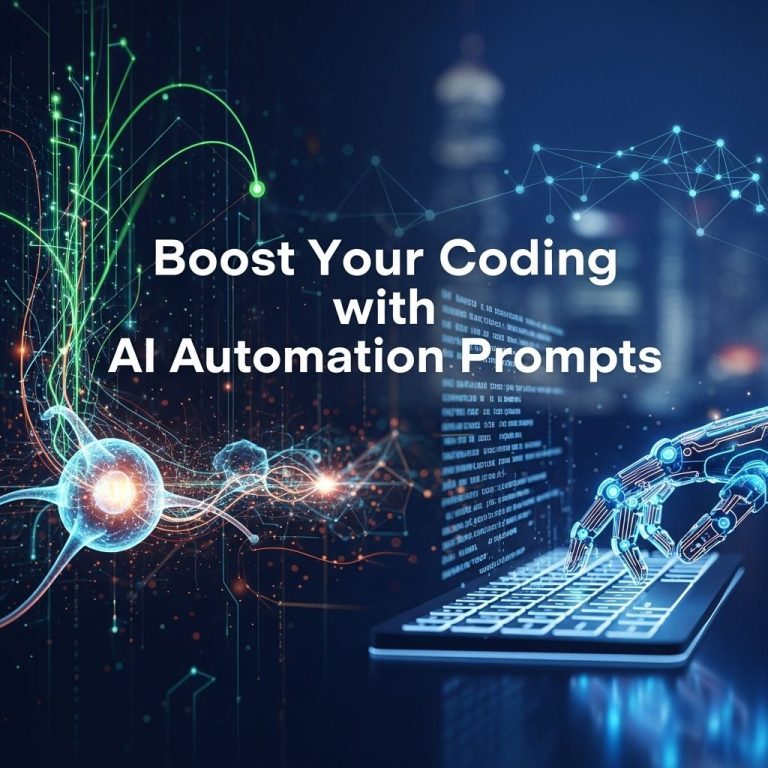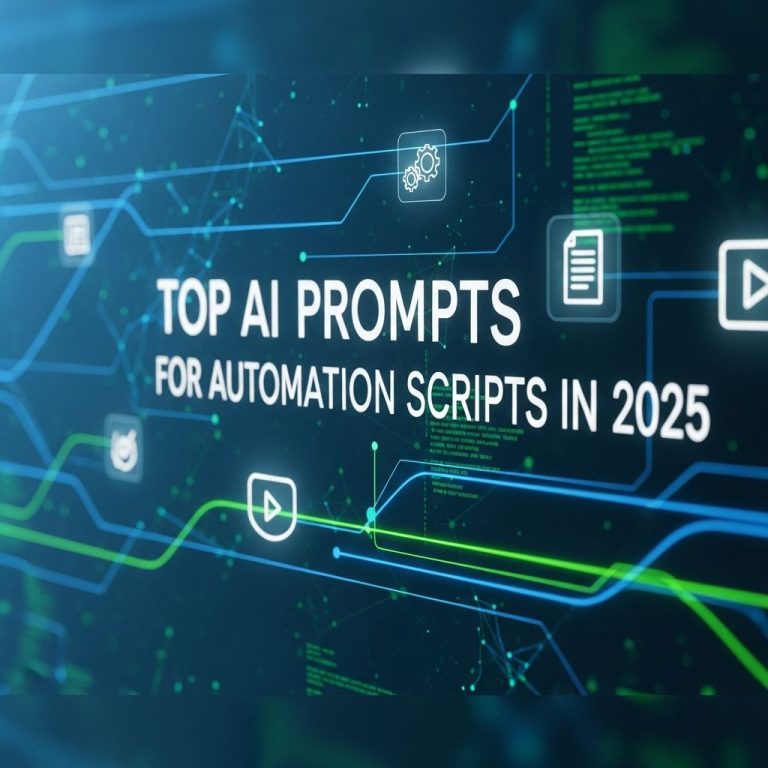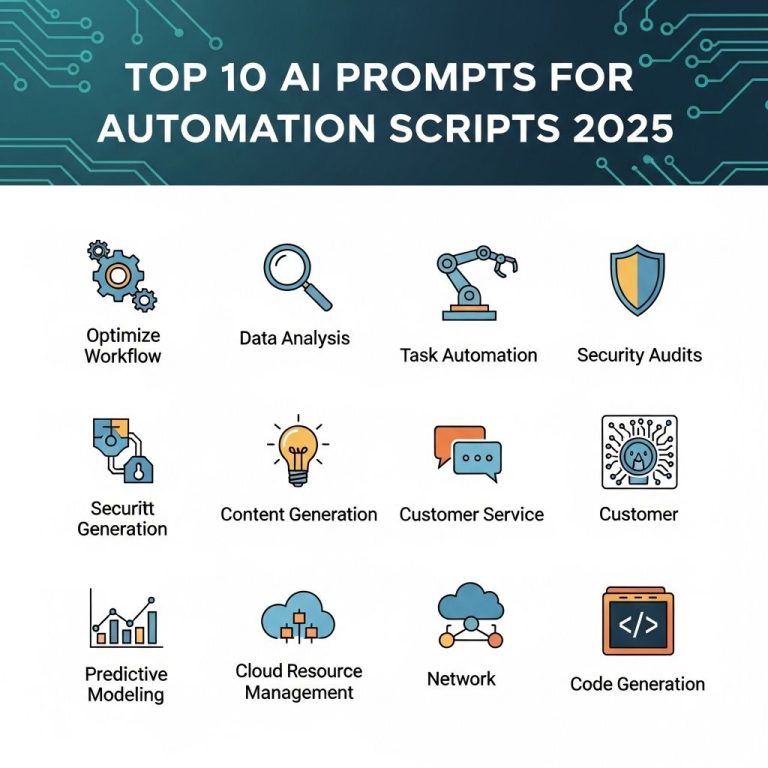In the rapidly evolving field of artificial intelligence, object detection has emerged as a cornerstone technology, enabling machines to interpret and understand visual data in real-time. By 2025, the integration of object detection capabilities into various applications will not only enhance user experiences but also open new avenues in industries such as healthcare, automotive, and security. This article explores the state of object detection, the role of APIs, and future trends that are set to reshape this exciting domain.
The Evolution of Object Detection
Object detection has come a long way since its inception. Initially reliant on handcrafted features and traditional machine learning techniques, the landscape shifted dramatically with the advent of deep learning. Today, the most sophisticated models utilize convolutional neural networks (CNNs) to achieve remarkable accuracy in identifying objects within images and videos.
Key Milestones in Object Detection
- 2012: AlexNet introduces deep learning to image classification.
- 2014: R-CNN demonstrates the potential of region-based convolutional networks.
- 2015: YOLO (You Only Look Once) revolutionizes real-time object detection.
- 2019: EfficientDet provides a scalable and efficient object detection framework.
Understanding APIs for Object Detection
Application Programming Interfaces (APIs) play a pivotal role in democratizing access to advanced object detection technologies. By 2025, numerous APIs will provide developers with the tools needed to integrate object detection into their applications without requiring deep knowledge of machine learning.
Types of Object Detection APIs
| API Name | Provider | Key Features |
|---|---|---|
| Google Cloud Vision | Label detection, landmark detection, facial recognition | |
| AWS Rekognition | Amazon | Real-time object and scene detection, facial analysis |
| Microsoft Azure Computer Vision | Microsoft | Image analysis, text recognition, object detection |
| OpenCV | Open Source | Real-time computer vision, extensive libraries |
Benefits of Using Object Detection APIs
Utilizing APIs for object detection offers several advantages:
- Speed: Rapid development and deployment of applications without extensive training.
- Cost-Effective: Reduces the need for large in-house teams of data scientists.
- Scalability: Easy to scale applications based on demand.
- Support: Backed by major tech companies providing continuous updates and improvements.
Applications of Object Detection APIs
The versatility of object detection APIs allows their application across various sectors. Below are some notable use cases:
1. Healthcare
In the medical field, object detection can assist radiologists in identifying tumors, lesions, or anomalies in imaging studies.
2. Autonomous Vehicles
Self-driving cars rely on object detection to recognize pedestrians, road signs, and other vehicles, ensuring safe navigation.
3. Retail
In retail environments, object detection can enhance inventory management by monitoring stock levels and assisting customers with product location.
4. Security and Surveillance
Security systems leverage object detection to identify unauthorized access to restricted areas or track suspicious behavior in real-time.
Challenges in Object Detection
Despite significant advancements, object detection still faces several challenges:
1. Variability in Environmental Conditions
Factors such as lighting, occlusion, and background noise can significantly impact detection accuracy.
2. Model Generalization
Models trained on specific datasets may struggle to generalize to new contexts or object categories.
3. Real-Time Processing Requirements
For applications like autonomous vehicles, the need for instant processing while maintaining accuracy poses a technical challenge.
The Future of Object Detection
As we look ahead to 2025 and beyond, several trends are emerging in the object detection landscape:
1. Enhanced Model Architectures
Continued improvement in model architectures, such as transformers and attention mechanisms, will likely enhance accuracy and efficiency.
2. Edge Computing
Shifting processing from the cloud to edge devices will enable real-time object detection with reduced latency.
3. Increased Democratization
Open-source models and community-driven initiatives will foster broader access to state-of-the-art object detection technologies.
Conclusion
Object detection is poised to transform numerous industries by 2025, as APIs continue to simplify access to this powerful technology. As developers, businesses, and researchers harness these capabilities, the potential for innovation is limitless. By navigating the challenges and embracing emerging trends, we can unlock new possibilities that were once thought to be the realm of science fiction.
FAQ
What is object detection and how does it work?
Object detection is a computer vision technique that identifies and locates objects within images or videos. It works by using algorithms to analyze visual data, classify objects, and draw bounding boxes around them.
How can APIs enhance object detection capabilities?
APIs can enhance object detection by providing pre-trained models, allowing developers to integrate advanced visual recognition features into applications without needing extensive machine learning knowledge.
What are some popular APIs for object detection in 2025?
Some popular APIs for object detection in 2025 include Google Cloud Vision API, Amazon Rekognition, Microsoft Azure Computer Vision, and OpenAI’s DALL-E API, each offering unique features and capabilities.
What industries benefit from object detection APIs?
Industries such as retail, healthcare, automotive, and security benefit from object detection APIs by improving inventory management, patient monitoring, autonomous driving, and surveillance systems.
What are the challenges of using object detection APIs?
Challenges include ensuring accuracy under varying conditions, managing privacy concerns, and addressing the need for large datasets for training models effectively.
How can I get started with object detection APIs?
To get started with object detection APIs, choose a service provider, review their documentation for integration steps, and experiment with sample code to build your application.




